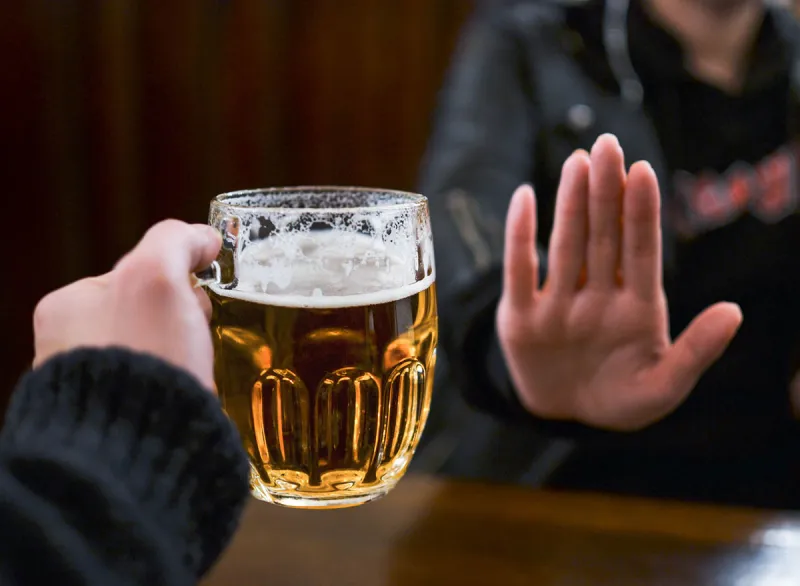Alcohol Use Disorder
Alcohol use disorder is a pattern of alcohol use that involves problems controlling your drinking, being preoccupied with alcohol or continuing to use alcohol even when it causes problems. This disorder also involves having to drink more to get the same effect or having withdrawal symptoms when you rapidly decrease or stop drinking. Alcohol use disorder includes a level of drinking that’s sometimes called alcoholism.
Unhealthy alcohol use includes any alcohol use that puts your health or safety at risk or causes other alcohol-related problems. It also includes binge drinking — a pattern of drinking where a male has five or more drinks within two hours or a female has at least four drinks within two hours. Binge drinking causes significant health and safety risks. If your pattern of drinking results in repeated significant distress and problems functioning in your daily life, you likely have alcohol use disorder. It can range from mild to severe. However, even a mild disorder can escalate and lead to serious problems, so early treatment is important.
Inquire About This Service
Diagnostic Criteria
Alcohol use disorder can be mild, moderate or severe, based on the number of symptoms you experience. Signs and symptoms may include:
- Being unable to limit the amount of alcohol you drink
- Wanting to cut down on how much you drink or making unsuccessful attempts to do so
- Spending a lot of time drinking, getting alcohol or recovering from alcohol use
- Feeling a strong craving or urge to drink alcohol
- Failing to fulfill major obligations at work, school or home due to repeated alcohol use
- Continuing to drink alcohol even though you know it’s causing physical, social, work or relationship problems
- Giving up or reducing social and work activities and hobbies to use alcohol
- Using alcohol in situations where it’s not safe, such as when driving or swimming
- Developing a tolerance to alcohol so you need more to feel its effect or you have a reduced effect from the same amount
- Experiencing withdrawal symptoms — such as nausea, sweating and shaking — when you don’t drink, or drinking to avoid these symptoms
Treatment approach:
Treating alcoholism typically involves a combination of medical, psychological, and social approaches. The first step is often detoxification under medical supervision to manage withdrawal symptoms safely. After detox, ongoing treatment may include behavioral therapies, counseling, and support groups such as Alcoholics Anonymous (AA). Medications like naltrexone or acamprosate can also help reduce cravings. Building a strong support system, making lifestyle changes, and addressing any co-occurring mental health conditions are crucial for long-term recovery. Continued therapy and participation in support groups can help maintain sobriety and prevent relapse.
Several medications are used to manage both the acute withdrawal phase and long-term recovery. Benzodiazepines like diazepam (Valium) or lorazepam (Ativan) are commonly prescribed during the initial detoxification phase to manage withdrawal symptoms, such as anxiety, seizures, and tremors. These medications are typically used short-term. For long-term management, naltrexone helps reduce cravings by blocking the euphoric effects of alcohol. Acamprosate is used to stabilize brain chemistry altered by alcohol dependence, reducing the urge to drink. Disulfiram acts as a deterrent by causing adverse effects if alcohol is consumed. Other off-label medications include topiramate and gabapentin, which can help reduce cravings and support abstinence. These pharmacological treatments are most effective when combined with behavioral therapy, counseling, and support groups, addressing both the physical and psychological aspects of addiction.



